When it comes to protecting your baby’s skin, sunscreen can be a powerful ally. But with so many products out there, choosing the safest sunscreen for your baby’s skin is key. Babies have delicate, sensitive skin that’s more prone to irritation and sun damage. Knowing what to look for and what to avoid will help you confidently select the best option for keeping your baby’s skin safe and healthy.
Why Sunscreen Matters for Babies
The sun’s UV rays can damage baby skin much faster than adult skin. UVB rays cause sunburn, while UVA rays penetrate deeper, potentially leading to skin issues over time. The FDA recommends that sunscreen isn’t applied to babies under six months old. For babies over six months, choosing the safest sunscreen for your baby’s skin is vital for keeping their skin healthy.
When Can Babies Start Wearing Sunscreen?
Babies under six months should ideally be shielded from direct sunlight through shade and protective clothing rather than sunscreen. After six months, pediatricians advise parents to begin using sunscreen as part of their sun protection routine, especially if they’ll be outside for extended periods. Start by choosing a safest sunscreen for your baby’s skin and apply it to small areas of exposed skin.
Understanding Key Ingredients in Baby Sunscreens
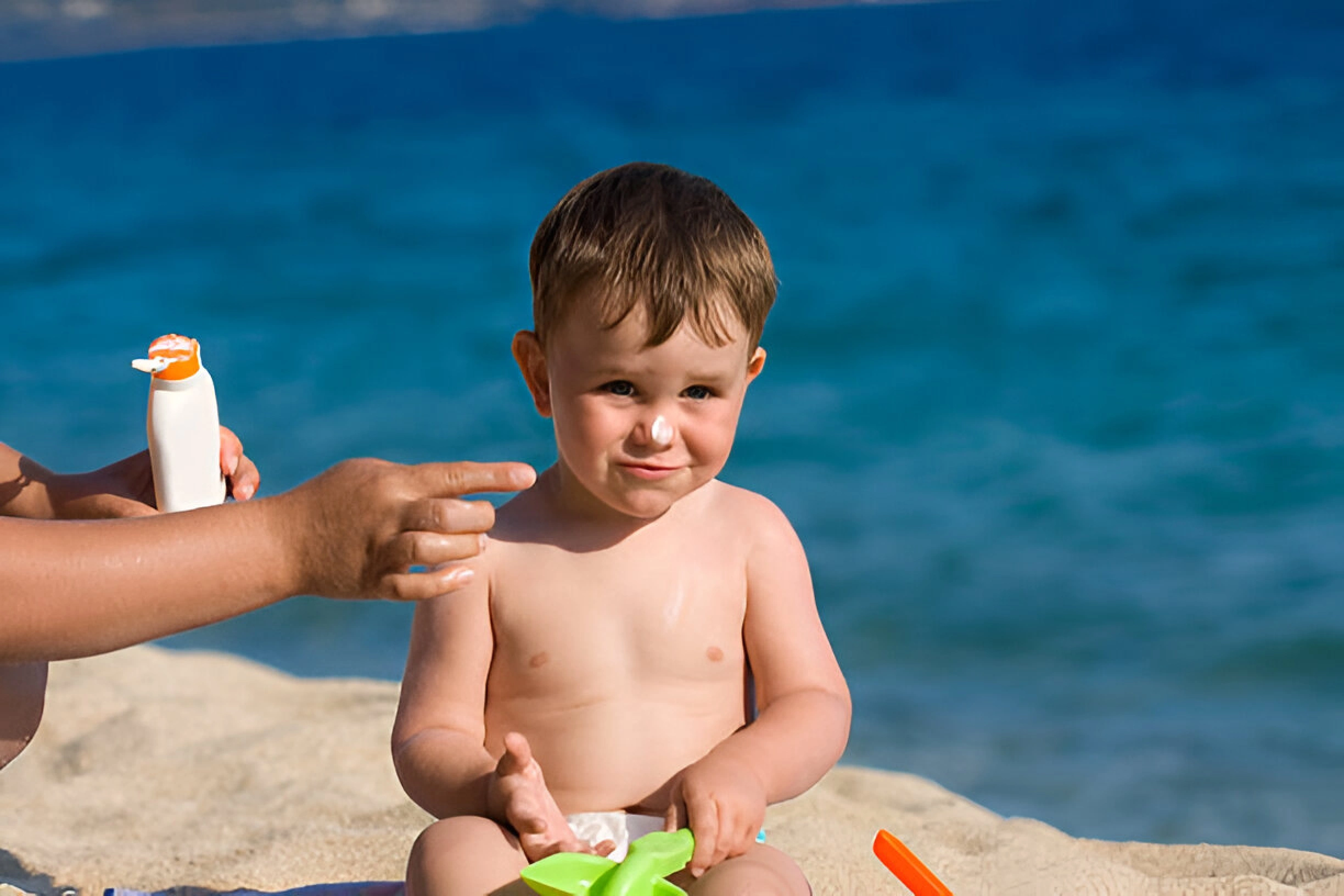
The safest sunscreens for babies are those that contain specific, gentle ingredients. Here are the essential components to look for:
1. Zinc Oxide and Titanium Dioxide
Mineral sunscreens: containing zinc oxide and titanium dioxide are ideal for babies. They create a physical barrier on the skin, blocking UV rays without absorbing into the skin. These ingredients provide immediate protection and reduce irritation.
2. Chemical-Free Formulations
Many chemical sunscreens contain ingredients like oxybenzone or avobenzone that can irritate sensitive skin and may cause allergic reactions. For babies, **choosing the safest sunscreen** means selecting one without these ingredients to avoid skin reactions and discomfort.
3. Broad-Spectrum Protection
Broad-spectrum sunscreens offer dual protection by shielding the skin from both UVA and UVB rays. UVA rays penetrate deep into the skin, leading to early signs of aging like wrinkles and fine lines. Look for “broad-spectrum” on the label to ensure balanced protection.
4. Water-Resistant Formulas
Babies are active, and sunscreen can easily wear off due to drool, sweat, or water exposure. Opt for a water-resistant sunscreen to ensure that the protective layer remains intact longer.
Choosing the Right SPF Level for Baby Sunscreen
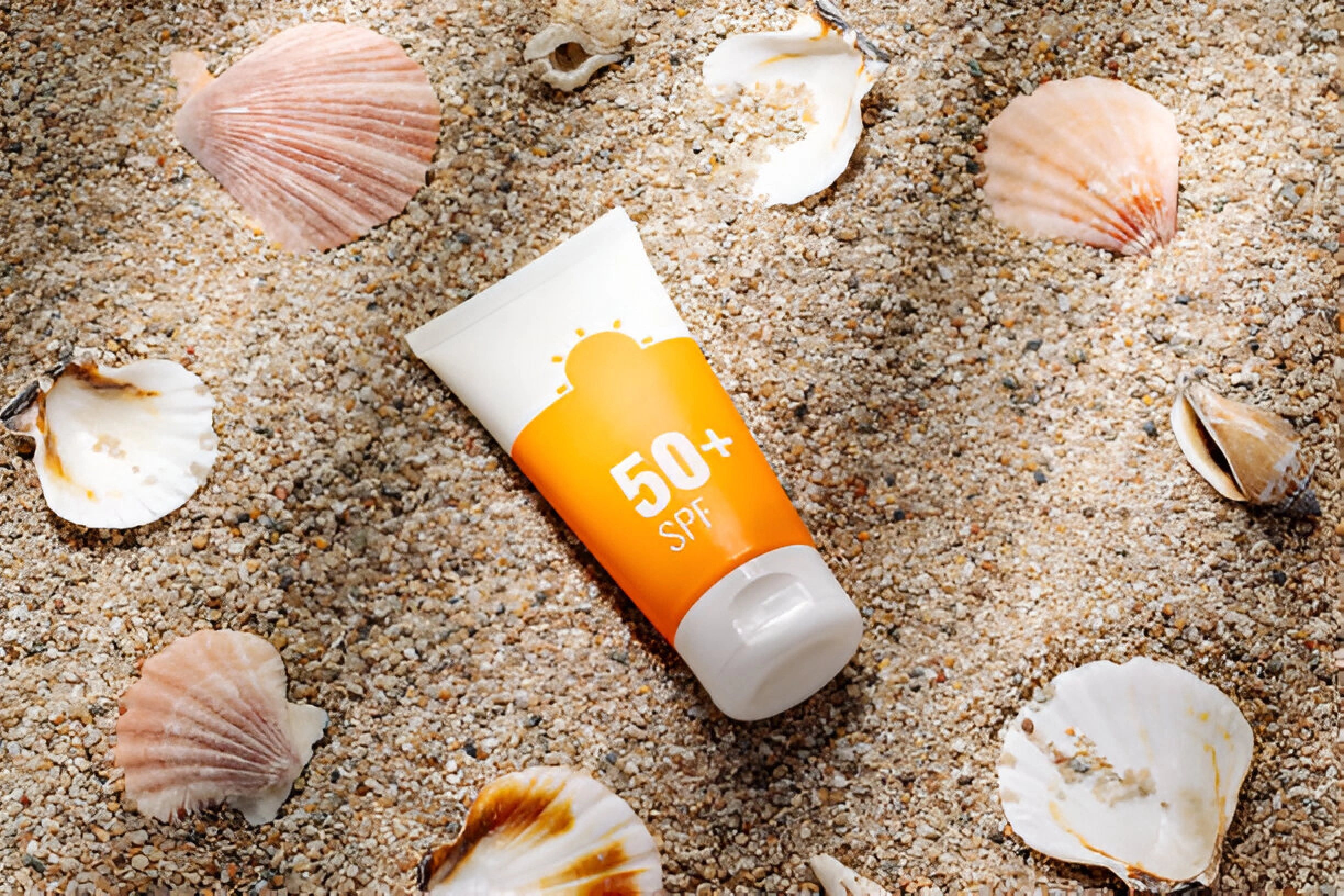
SPF, short for Sun Protection Factor, measures a sunscreen’s effectiveness in shielding skin from harmful UVB rays, which are the primary cause of sunburn. For babies, experts advise opting for a sunscreen with an SPF of at least 30 or higher. SPF 50 doesn’t double the protection of SPF 30; it only adds slightly more. SPF 30–50 is sufficient to provide effective, safe protection when **choosing the safest sunscreen for your baby’s skin**.
Types of Sunscreen for Babies: What Works Best?
Several sunscreen formats are available, each with unique benefits for babies:
1. Lotion Sunscreens
- Benefits: Lotions allow for easy and even application, making them ideal for full-body coverage.
- Drawbacks: It can take a little longer to apply, but they offer more controlled coverage, especially for younger babies.
2. Stick Sunscreens
- Benefits: Sticks are convenient for spot application on sensitive areas like the face.
- Drawbacks: They may be harder to spread evenly, so they’re best for small areas.
3. Cream and Ointment Sunscreens
- Benefits: Creams provide moisture, which can be ideal for dry skin.
- Drawbacks: They can sometimes feel heavy, but they’re effective for long-lasting protection.
4. Spray Sunscreens
- Benefits: Quick to apply and convenient for on-the-go.
- Drawbacks: Sprays are not recommended for babies because they can inhale the particles. To ensure safe application, spray the sunscreen directly onto your hands first, then gently spread it across the skin as needed.
Tips for Safe Sunscreen Application on Babies
Choosing the safest sunscreen for your baby’s skin is essential, but proper application is equally important. Follow these tips for maximum sun protection:
- Apply Generously: Use about a nickel-sized amount for each area to ensure full coverage.
- Apply 15 Minutes Before Going Outdoors: Let the sunscreen form a barrier on the skin before sun exposure.
- Focus on All Exposed Areas: Don’t forget ears, neck, and feet, which are easy to miss.
- Reapply Every Two Hours: Remember to reapply sunscreen on your baby every two hours to ensure lasting protection, especially during extended outdoor play.
- Avoid Sensitive Areas: Try not to apply directly around the eyes, as sunscreen can cause stinging.
Extra Sun Protection Tips for Babies
While sunscreen is an essential part of sun safety, there are other ways to protect your baby from UV exposure:
1. Opt for Wide-Brimmed Hats
- Hats with wide brims provide shade and protect the face, neck, and ears. Look for hats with UV-blocking fabric for extra protection.
2. Use Sun-Protective Clothing
- Many brands offer UV-protective clothing with UPF (Ultraviolet Protection Factor), which blocks most UV rays and provides extra skin coverage.
3. Plan Outdoor Time Wisely
- Avoid being outside during peak sun hours, between 10 a.m. and 4 p.m when the sun’s rays hit their peak intensity.
4. Seek Shade
- Whether through umbrellas, stroller covers, or sun tents, shade is a great way to keep your baby cool and protected from direct sun exposure.
Debunking Baby Sunscreen Myths
There’s a lot of advice around baby sunscreen, and it’s easy to come across misinformation. Here are a few myths clarified:
- Myth: A common misconception is that sunscreen isn’t necessary on cloudy days.
- Truth: UV rays can penetrate clouds, so it’s essential to apply sunscreen even on overcast days.
- Myth: Babies don’t need sunscreen if they’re in the shade.
- Truth: UV rays can reflect off surfaces like sand, water, and concrete, which means shaded areas don’t always protect fully.
- Myth: Higher SPF is always better.
- Truth: SPF 30 provides sufficient protection for babies, and SPF 50 is slightly stronger. Going higher may expose your baby to more chemicals without providing a significant benefit.
Conclusion: Choosing the Right Protection for Your Baby
Choosing the safest sunscreen for your baby’s skin is an important step in protecting them from sun exposure. With mineral-based, broad-spectrum products and a proper SPF level, you’re on the right track to keeping your baby’s skin safe. Sunscreen is only one part of sun protection for babies, though; adding protective clothing, shade, and smart timing can ensure your baby is well-protected from harmful UV rays.
Ensuring that your baby is safe from the sun will help you enjoy your time outdoors together, worry-free. With a little preparation and knowledge, you’re ready to make the best choices for their delicate skin, keeping them safe, comfortable, and healthy.
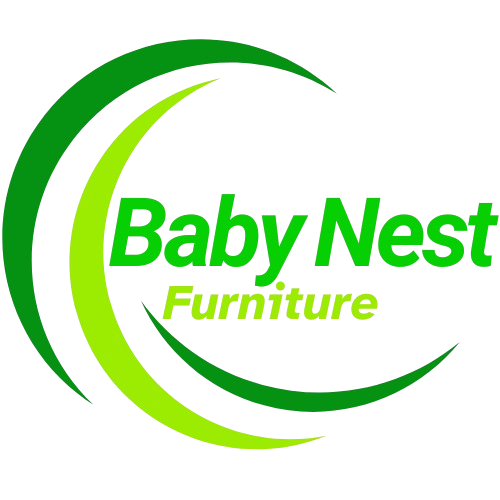
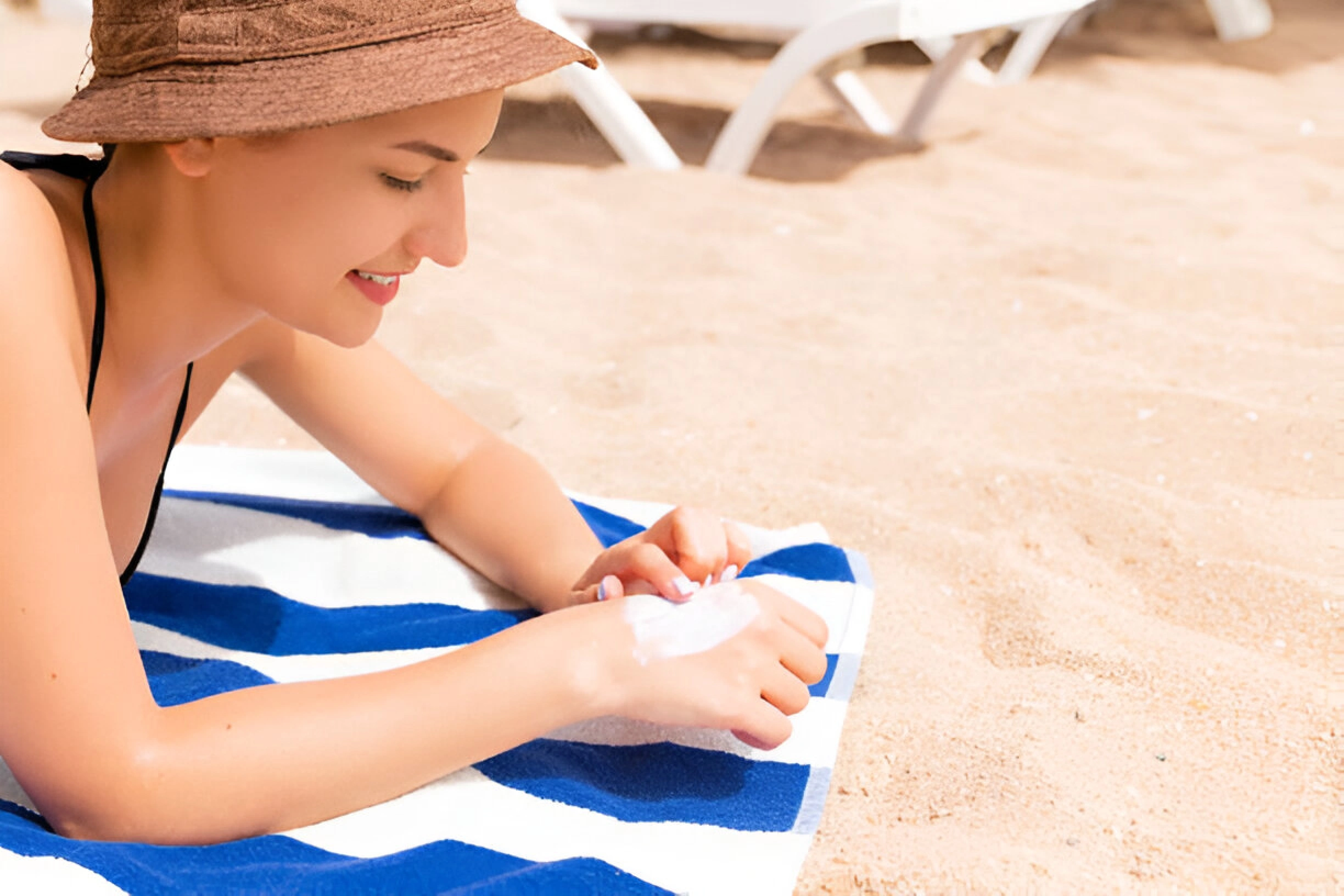


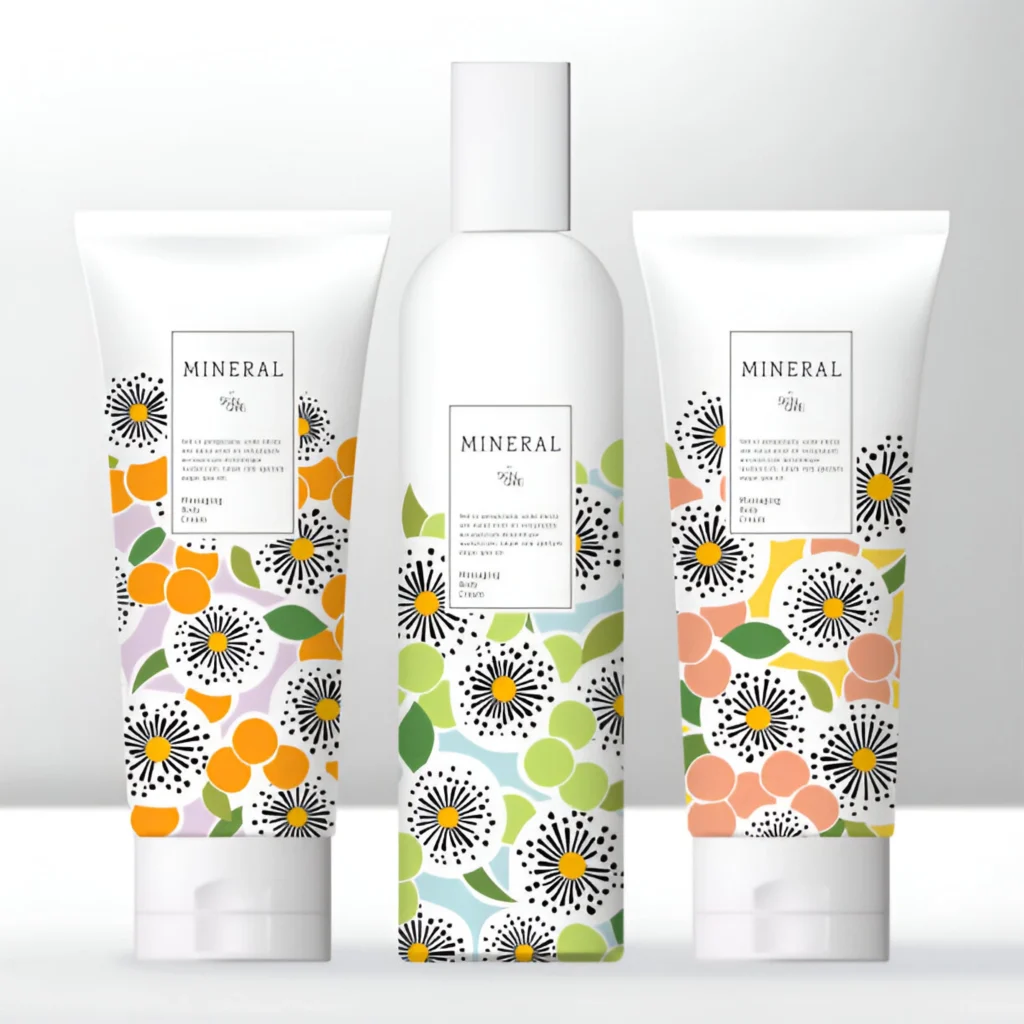
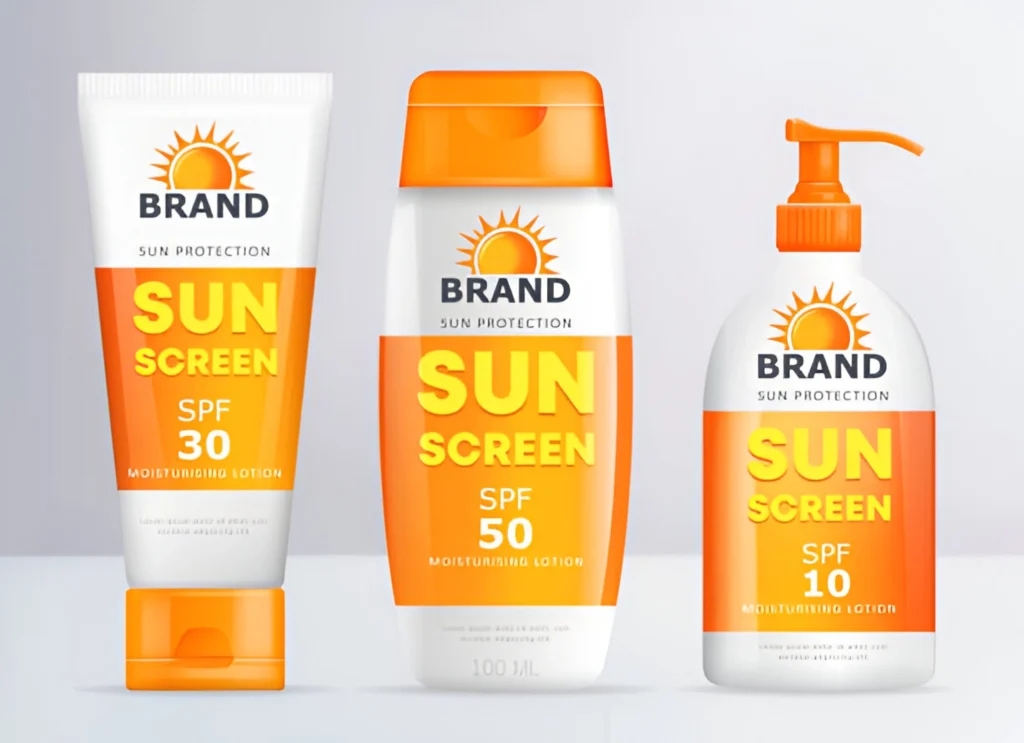
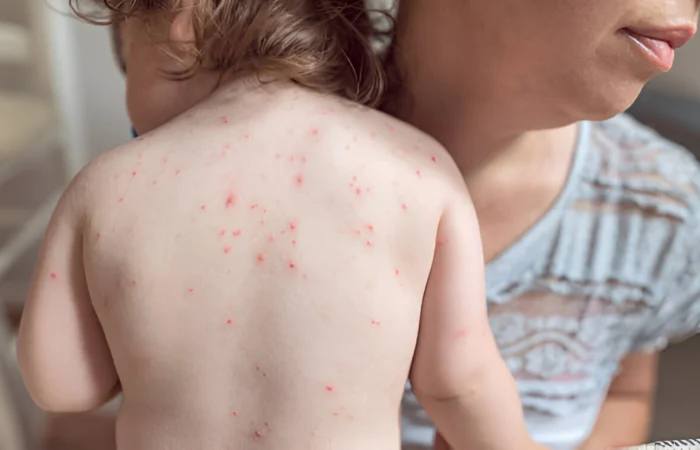





Leave Your Comment: